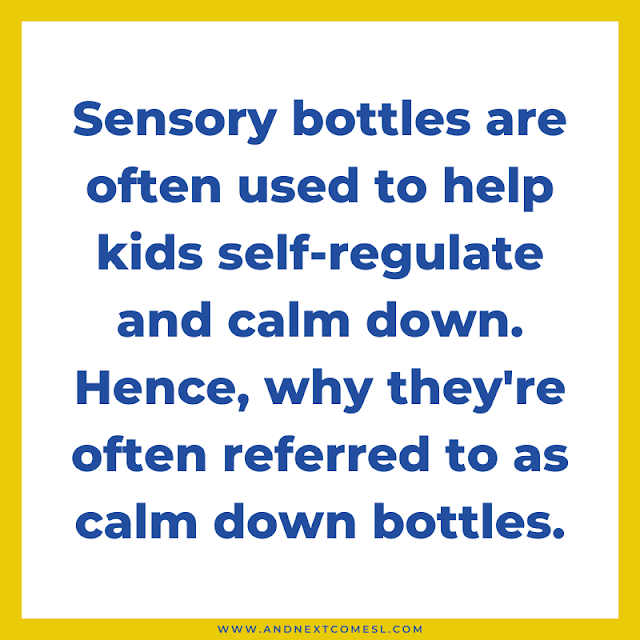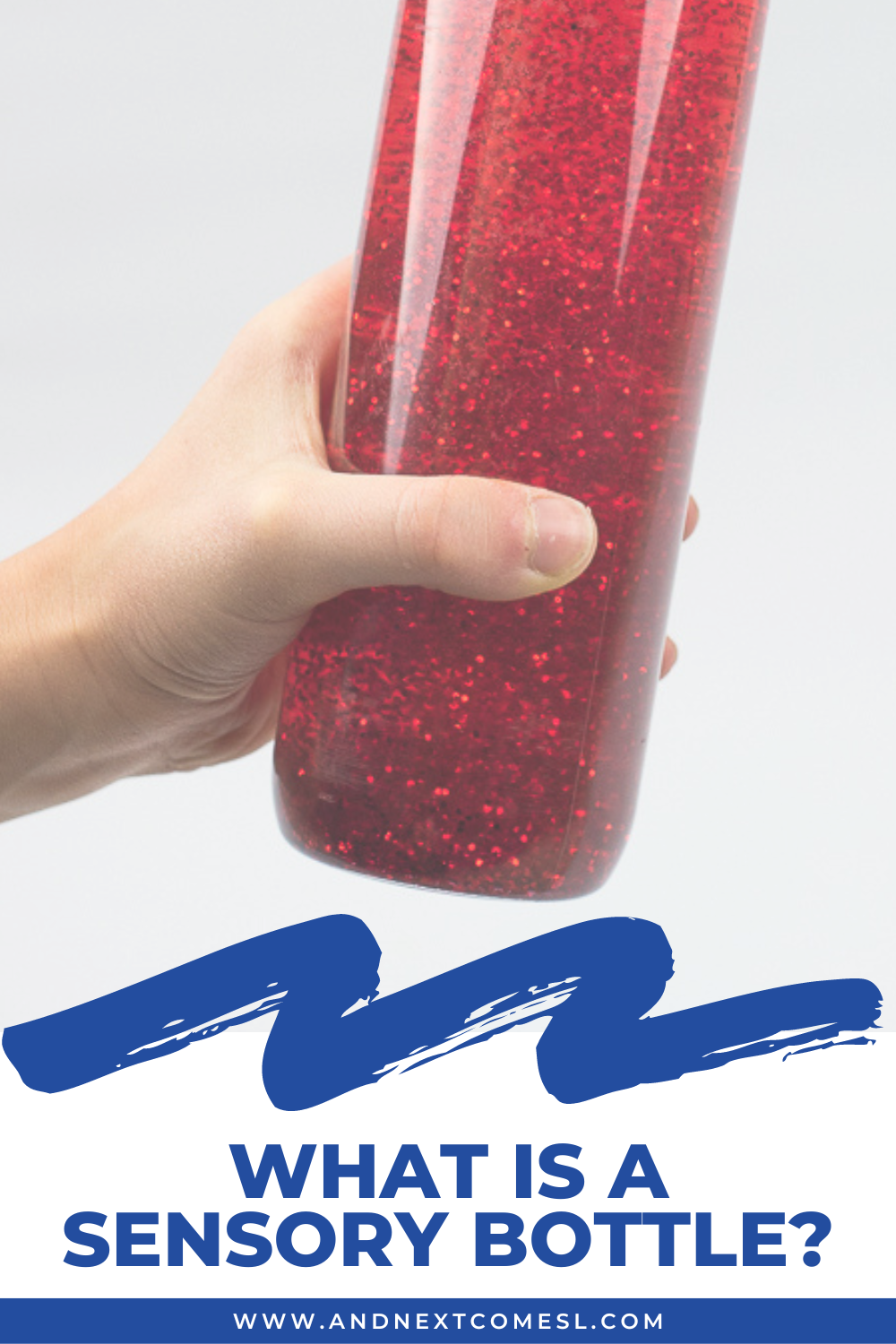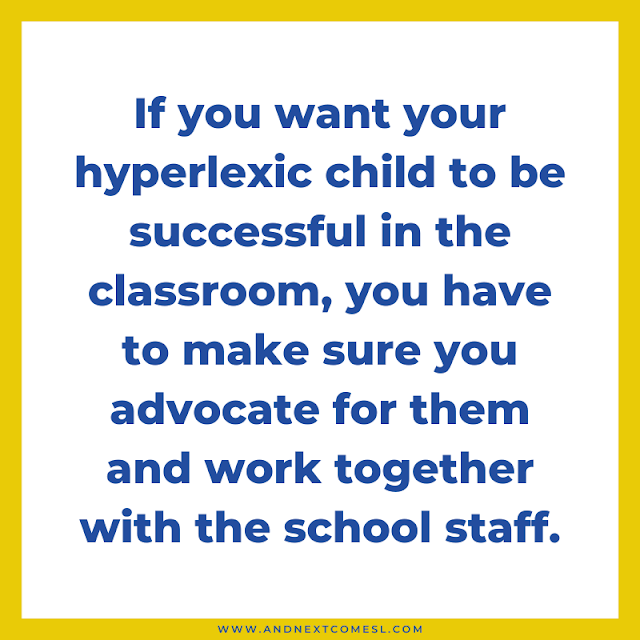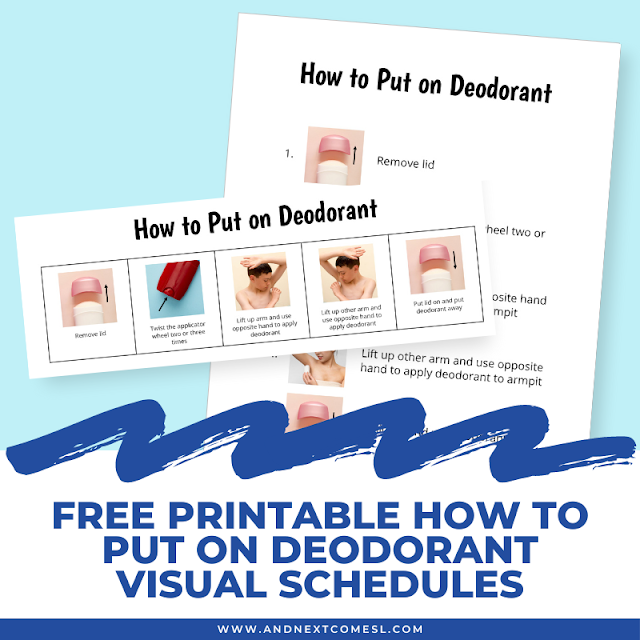Curious about sensory bottles, what they are, and who they are for? Below we'll answer the question: what is a sensory bottle?
Lots of parents are a bit hesitant when they're first trying out some sensory activities at home with their small children. Especially if all they know about are sensory bins, slime, or some other messy activity (ahem...giant shaving cream rainbow anyone?!).
As I've alluded to, one concern might be the mess that usually accompanies sensory activities.
You might picture rice thrown everywhere as if it's confetti and dread the idea of cleaning it up. You might imagine play dough colors mixed together (the horror!) or slime embedded in the carpet (that's the worst!). These are totally valid concerns to have, by the way.
But, remember, sensory play doesn't necessarily mean messy.
Another concern might be related to the age of their child. How do you safely do sensory activities with a baby or young toddler? Choking hazards are a valid concern so the idea of using sand, water beads, or rocks might not be your idea of fun. And glitter with a baby? You'd have to be nuts! Naturally, you'd prefer a safer alternative.
When it comes to sensory play, you don't have to start with a rice sensory bin or a tray full of shaving cream.
However, a great first introductory activity you could try is making a sensory bottle. Especially since this type of play addresses the above two concerns that you might have.
But what is a sensory bottle exactly? Well, that's what we'll dig into below! And hopefully you'll be excited to make a cool sensory bottle of your own for your child.

What is a Sensory Bottle?
Sensory bottles are containers of sensory materials that children can use to safely play, observe, and explore their senses. They're like sensory bins, but in bottle form. Except, in this case, the mess is contained and there's no risk of choking on small objects, which makes them great for even the littlest of kids.
As the name implies, it is often a bottle, but it can sometimes be a jar. As a result, sensory bottles can come in all shapes and sizes. There are lots of different sensory bottle options out there. Although, more often than not, people tend to use the VOSS style water bottles because of their shape, size, and durability.
A basic sensory bottle is filled with materials that can move up, move down, or swirl around. Kids can shake them up and then watch the materials settle down to the bottom.
As I've already mentioned, kids can safely explore materials without the mess or without worrying about choking hazards too, which is always nice.

Other Names for Sensory Bottles
Sensory bottles go by a variety of names. You might hear them referred to as:
- Sensory discovery bottles.

There are probably a handful of other names too. Regardless of what you call them though, they are great tools for kids and there are a lot of benefits to using a sensory bottle.
Most often, sensory bottles are used as a visual sensory aid to help kids self-regulate their bodies and calm down. Hence, why they are often referred to as calm down bottles. Watching the glitter settle in a slow moving sensory bottle is so mesmerizing and regulating. That's why they're a great tool to add to a child's calm down kit.

Who are Sensory Bottles for? What Ages are They Good for?
As cliché as it may sound, sensory bottles are great for all ages. They really are! There is no age limit or boundary when it comes to this type of sensory play. Especially if you're using them as calm down bottles.
Babies, young toddlers, and preschoolers can use these discovery bottles to experience materials that might usually be off limits because of their size. There's no risk of choking as the items are contained and sealed inside the bottle. The size and weight of the bottles are also great for little hands to hold onto and carry. Or you can opt for small bottles to fit their hands.
What I love about sensory bottles is how accessible they are. Not only are they great for kids of all ages, but they're great for kids of a wide range of abilities (sensory or motor wise).
Someone with limited mobility or motor delays can enjoy a sensory bottle. They can bump or roll the sensory bottle as it lays on its side. Someone can shake the bottle up for them and then the child can enjoy watching the objects swirl and settle.
They are also great for anyone who might still be mouthing things, regardless of age. After all, there are lots of older kids (and even adults!) who chew on everything. As a result, some sensory play exploration might be off limits due to choking hazards or even pica. So sensory bottles are a great alternative.
There are also lots of kids who have tactile sensory sensitivities and avoid touching anything. The tactile avoiders, if you will. A sensory bottle can give them a chance to explore different materials without having to actually touch them directly.
Sensory bottles are also great for kids who are visual sensory seekers. Kids can sit and watch glitter (or other objects) swirl and fall over and over, which is really calming. Which leads me to my next point...
Finally, they're great for anyone who needs a bit of extra support when it comes to emotional regulation. Anyone who needs some help calming themselves down. As you can tell, we're talking specifically about calm down bottles here.
Part of the reason why sensory bottles are so commonplace these days is because of how beneficial they are for self regulation. That's why Pinterest is full of fun calm down sensory bottle ideas, such as the ones found here. They're really a great tool to have on hand for kids.
To Wrap Up Our Discussion of Sensory Bottles...
Hopefully I've answered your question: what is a sensory bottle? Assuming you read everything above (I know that was a lot), you should now understand that sensory bottles, no matter what name you give them, are great for kids of all ages and abilities and can be a great way to get started with sensory play. So be sure to try making one for your kids.



















